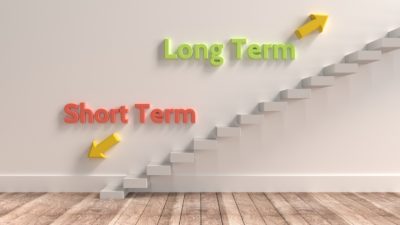There’s no denying that Unilever (LSE: ULVR) and National Grid (LSE: NG) are two of the market’s most defensive income stocks that have achieved excellent returns for investors over the past five years. Specifically, over the past five years Unilever has produced an average annual total return for investors of 10.3%. National Grid has produced a total return of 12.3% per annum for investors over the same period.
However, my concerns lie with the valuation of these two companies.
Set for a fall
I believe that many investors are looking to National Grid and Unilever as an alternative to savings accounts, while interest rates remain at rock-bottom levels.
Unfortunately, historic trends have shown that high-yield defensive plays like Unilever and National Grid tend to move inversely to interest rates. Simply put, this means that when interest rates rise, defensive stocks tend to fall as risk-averse investors rotate out of stocks and back into bonds and cash.
And looking at Unilever and National Grid’s current valuation, it does look as if these two defensive plays could fall out of favour with investors when interest rates finally start to move higher.
For example, National Grid is currently trading at a forward P/E of 15.4, a valuation more akin to a growth share than slow-and-steady utility. Moreover, at its current valuation, National Grid is more expensive than it has been at any point during the past decade, which leaves plenty of room for disappointment.
The same can be said for Unilever. The company is currently trading at a forward P/E of 20.9, compared to its nine-year average of 17.3.
Long-term investments
Having said all of the above, even though Unilever and National Grid look overvalued, if you’re buying with a long-term investment horizon of ten years or more, these companies should prove to be stable investments.
It’s almost impossible to buy shares at a right moment, so more often than not investors will have to suffer a period of lacklustre performance before returns really start to shine through.
This is likely to be the case with Unilever and National Grid. In the short term their high valuations will hold back share price growth. But over the long term, these companies are likely to outperform — as I’ve explained before here. Also, for long-term income investors that aren’t overly concerned about short-term market volatility, Unilever and National Grid remain attractive investments.
Indeed, at present levels National Grid supports a dividend yield of 4.7% and the payout is covered 1.4 times by earnings per share. Meanwhile, Unilever’s shares will yield an estimated 3.1% this year, which may not look attractive at first glance, but the payout is covered 1.5 times by earnings per share. Unilever’s dividend payout is set to grow at a rate of around 10% per annum for the next few years.
So, if you’re looking for a long-term buy and forget investment that produces a steady income, National Grid and Unilever remain top picks. However, if you’re worried about short-term declines, these two companies may not be suitable for your portfolio.







